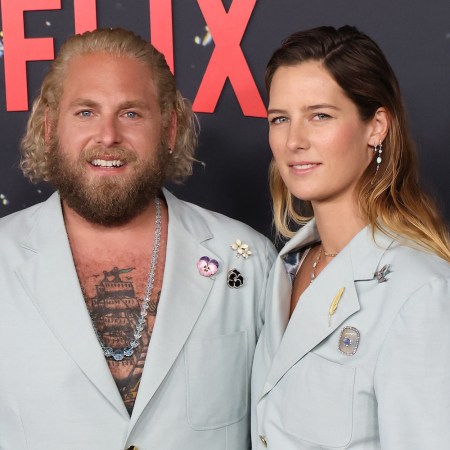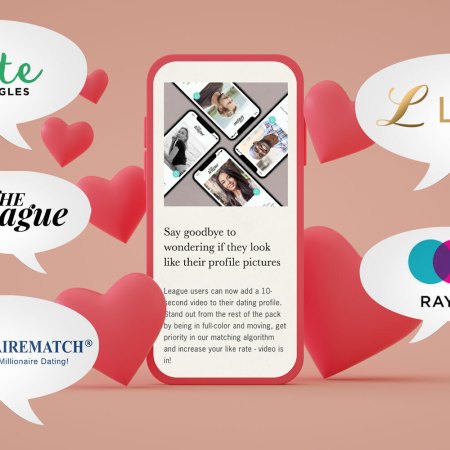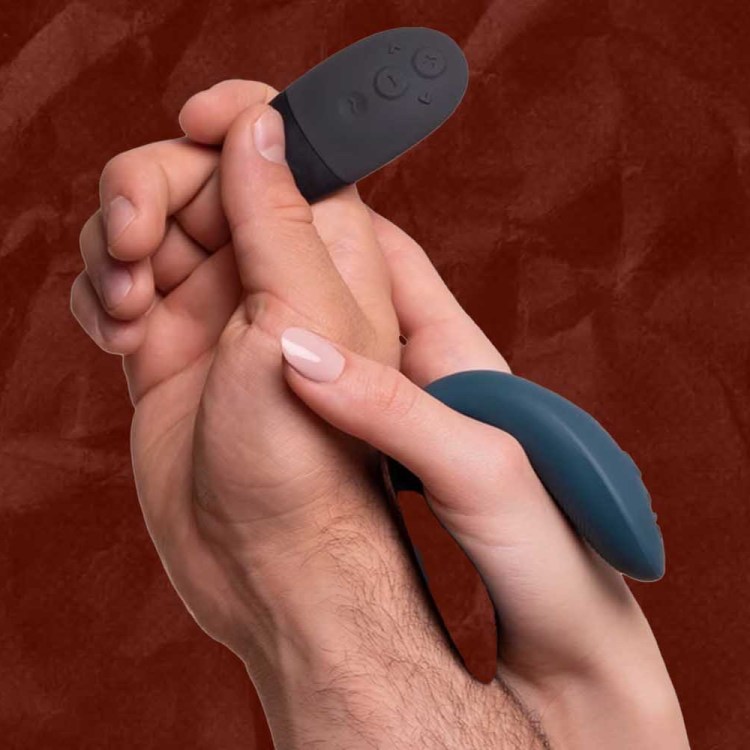Most dating apps present themselves as simple, efficient, borderline altruistic services, created to help their users find love (or whatever else they’re looking for within the dating pool) as quickly and painlessly as possible. Hinge, for example, has long claimed that, unlike most apps, it views user loss as a measure of its success because most departing users hopefully found their happy match. It’s argued that it’s spent years optimizing its interface to decrease the amount of fruitless swiping and number of dead-end chats users have to engage in. In 2019, it even launched a big, compelling ad campaign around its current tagline: it’s “designed” or even “dying to be deleted.”
But Anil Isisag, a professor at France’s Emlyon Business School who studies users’ experiences with and views on major dating apps in Europe and the United States, points out that most people are still acutely aware of the fact that dating apps are businesses. And living in a hyper-capitalist society teaches us that, while businesses may create useful tools, they’re (almost) always out to turn a profit above all else. Users have long assumed that what’s most profitable for an app may not always be what’s best for their dating lives and that this disconnect must have some bearing on their swiping experiences and matches, as apps must inevitably tilt the board in favor of their own profitability. However, even if users “can feel that something’s happening, they don’t have a clear explanation of what exactly is happening,” Isisag says.
So do dating apps’ business interests indeed have warping, perhaps detrimental effects on users’ dating lives? If so, does each app’s distinct business model have a unique effect? And how can users factor these interests and effects into the way they engage with dating apps in general or the choices they make about what apps to use, if any? These are complicated questions that resist simple answers, Alina Liu, a psychologist who writes about the way people interact with dating apps, told InsideHook. But we decided to try to get to the bottom of them nonetheless.
Caveat Emptor
Most chatter to date about how dating apps’ profit motives might affect users has been purely speculative. That’s partially because, like most tech ventures, these apps are incredibly secretive. As writer Rebecca Twomey put it in a 2021 article for Cosmo UK, “getting dating apps to reveal their matchmaking algorithms is like asking KFC to share its secret recipe — it just isn’t going to happen.” That level of secrecy is understandable, even if it does cloud efforts to understand how they affect us. No one wants to hand potential competitors a roadmap to success. But these apps can get pretty cagey about even the broad strokes of how they make money off of their users, too. This stringent opacity on matters that may have real effects on users has led a few figures, like Jacobin editor Nick French, to suggest we create “publicly funded, democratically controlled” competitor or replacement apps. Then we’d at least have clear info about — and a chance to influence — the motives and mechanics that increasingly govern modern dating.
“The dating app market is just so dynamic,” Isisag says. New players constantly try to unseat, or at least siphon users away from (comparatively) old behemoths like Tinder and Bumble. The upstarts and old guard alike are constantly analyzing their users and the market at large, adjusting their user interfaces and internal strategies to stay ahead of the curve. So the business logic that an app operated under last year may not be the exact same logic the same app uses today.
However, academics and investors have managed to pull snippets of hard info out of the murky waters. And insiders do drop the occasional detail on their internal operations, often in interviews with trade publications targeted towards their peers or potential funders. Based on these bread crumbs, we can glean a few limited but still meaningful insights.
AI-Generated Bios Are a Major Turn-Off, Survey Says
Swipe left for robotsThe Money Motive
For all of their distinct branding and positioning, most dating apps use the same broad money-making tactics. (That’s partially because everyone naturally converges on successful ways of doing business, but also likely because dating apps are rapidly consolidating, with a handful of big companies now owning and guiding operations for all the big apps.) They may make a little money on ads, which pop up between swipes. But they mostly operate on a freemium model, allowing users to sign up and use their apps for free but then charging them either monthly or a la carte for access to perks like the chance to see who’s already swiped on them, boost their visibility for short periods of time, or undo accidental swipes one way or the other. Many people are more than willing to pay for these services, Liu explained, in “the hope of having an edge over other daters…as well as of having a sense of control over rejection.”
Apps that depend on subscriptions or regular purchases of premium features like these usually focus on user retention and engagement — i.e., keeping people from deleting their apps and also finding ways to make sure they actively use them on a regular basis. And any app built around social engagement depends on the maintenance of a large and active user base. No one’s going to stay, much less pay for premiums, on a dating app that doesn’t have a large pool of active daters.
Cynical observers often argue that this creates a far stronger incentive to keep users single and swiping than it does to actually pair them up and cut them loose. They point to the fundamental structure of dating apps as proof of this grim theory: the sheer array of options they present us with, Liu explained, make us feel like there’s always a better match on the horizon — like if we stop swiping, we may be “missing out” on our optimal dating experience. They also gamify the swiping experience to the point that many users say they end up swiping just for fun, even if they joined an app looking for actual dates. They want to win the game by racking up matches. French likens dating apps to slot machines, with “mechanics and visual and audio cues…designed to get the user to keep on playing even in the absence of a real payoff.”
“I didn’t really pursue the topic of gamification and feelings of addiction to the act of swiping in my research,” Isisag says. “But that issue almost always came up in my interviews.”
But dating apps do have a few strong incentives to make good matches, even if it means losing lucrative users. Notably, industry analyses suggest that most people eventually get demoralized if they don’t find what they’re looking for on a dating app after a few weeks or months, and they’ll eventually drop the app even if they find some allure in swiping. So apps do need to graduate users off their platforms into successful dates, hookups or whatever else they’re looking for if they want people to think it’s worthwhile to return or even pay premiums.
“Technology and apps are often designed with good intentions,” Liu says. So it’s likely that insiders are telling the truth when they say that they’re actually trying to find a balance between a real desire to help people find matches and the practical necessity of maintaining a large and active user base.
Recent studies suggest many Americans know someone who’s met a long-term partner on or had an otherwise successful experience with dating apps, and a plurality believe these apps make dating easier. There’s also a fair amount of evidence that dating apps have a pretty high user churn rate when compared to other types of apps, invest heavily in constantly rebuilding their churning user base (offering generous discounts and freebies to newcomers, especially those in the most active dating demographics) and make far less per user than even an app like Slack. Most investors are apparently hesitant to fund even established dating apps because they believe they sacrifice too much retention and engagement in favor of making matches.
So there’s not much to the cynical notion that dating apps are aggressively sabotaging our dating lives in the name of profits. But it’s still possible that the distinct approach each app takes to strike the balance between retention and engagement and matchmaking could affect users.
Finding the (Mr.) Right App
Industry analysts often argue that dating apps don’t succeed by adopting distinct and innovative monetization strategies but instead by developing a unique brand that draws new demographics into app world or siphons subcultures away from competitors. The only real difference between Bumble and Tinder in this view is Bumble’s outspoken focus on female users’ experiences and how the app caters to people who want to swipe to make friends or network rather than just find dates or hookups. The particular demographics they attract and culture they create determines why some apps attract a higher rate of paying users or make more money per user than others: some demographics simply have more money to throw around or value dating services more.
But for all their broad business similarities, there are clear differences in user experience and engagement from one app to another, Isisag points out. Tinder has arguably doubled down on gamification, for example, with its interactive “first-person adventure” experiences like Swipe Night. Meanwhile, apps like Thursday consciously limit the amount of time users can engage with their platforms, or the number of swipes they get per day, to curb gamification.
The exact differences between strategies are hard to pin down app-to-app, given how frequently they all adjust their offerings. But generally, Isisag draws a line between big, general-use apps like Tinder and smaller, more focused apps, like Thursday or Hinge. (Although it’s also one of the big names in the dating app world, Hinge has a much smaller user base than Tinder.)
Tinder and its ilk “offer a little bit of everything,” Isisag says, catering not only to people looking for long-term matches but to casual daters or folks looking for sex and to people who intentionally use the app as a game or simply to see who’s out there on the dating market. “Which is good for Tinder because if you have a big pool, then people spend a lot of time looking on their app,” he adds. They make good money by offering perks and premiums that appeal to a small portion of their user base who want to cut through the din or who want to win at the swiping game for prolonged periods of time.
Smaller apps often have more focused user bases, Isisag added. They don’t stay on a platform as long as folks wading through a big pool, but they’re willing to shell out at a higher rate in order to optimize their search. So these platforms can charge a larger premium or throw up more pay-to-play barriers, knowing that many folks will use them intensely for a while, then dip out. “The strategies these apps use are really reflective of the markets they’re trying to attract,” Isisag says. “Depending on what you’re looking for, you might want to go on different apps.” From an app’s perspective, then, they’re not influencing people’s dating lives. They’re making money by giving the types of daters (or non-dating swipers) they court more of what they want.
But from a user’s perspective, getting on the wrong app risks leading you down a costly bad path. Notably, Isisag explained, many people start out on Tinder because it’s one of the biggest, best known apps. Most of these initial users either determine that they like this big pool and stay or realize they’re actually looking for something more focused and move on to another app. But a non-negligible portion of users get hooked on Tinder’s gamification model, and end up shelling out cash to play an endless swiping game that doesn’t actually serve their core dating goals.
“For those with the noble intention to find love and connection through dating apps, certain app features and business incentives may be invisible courses pushing us off course,” Liu says. “But the steering wheel is still in our hands.” We have power and choice as dating app consumers. Rather than stumble into apps and fall into the patterns of swiping and dating they perpetuate, we can choose to shop around — to find the app whose user base, interface and premium options best align with what we’re looking for.
Apps could do a better job “educating the public on effective and ethical ways of engaging” with their offerings, Liu says. But ultimately, the effect apps have on us, and what we get out of them, depends on how much we know about what we want — and on the effort we are willing to put in to find and pay for the services that support what we want, instead of adjusting our behavior and expectations to jive with what’s available at our first stop on the app tour.
As in all things in our uber-capitalist world, caveat emptor.
The Charge will help you move better, think clearer and stay in the game longer. Subscribe to our wellness newsletter today.
























